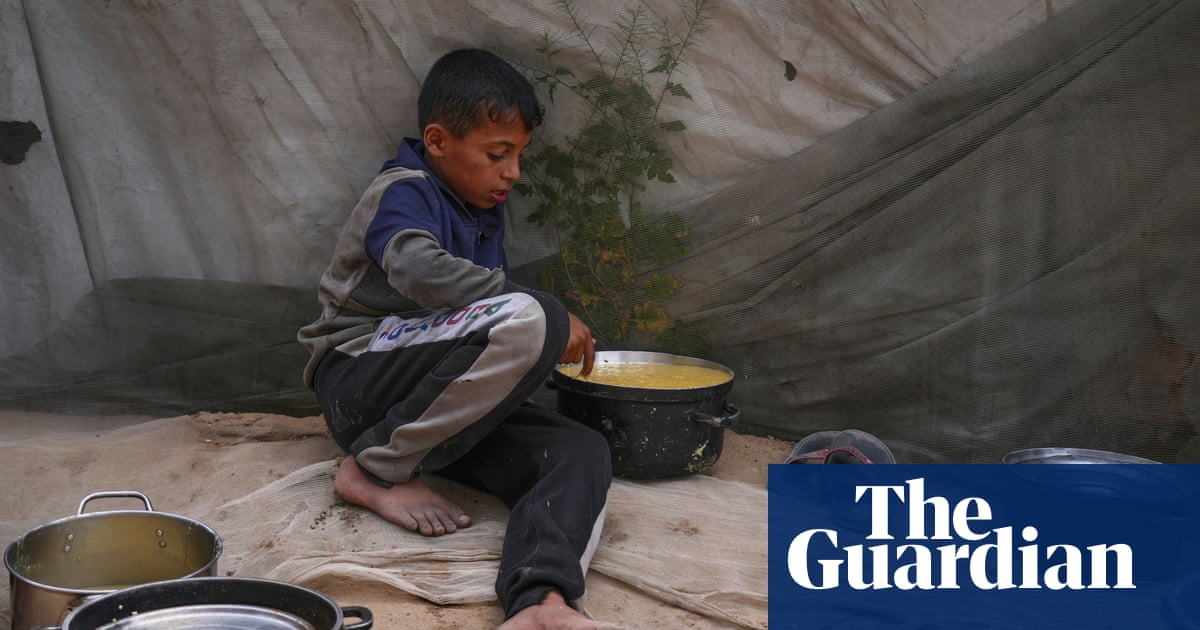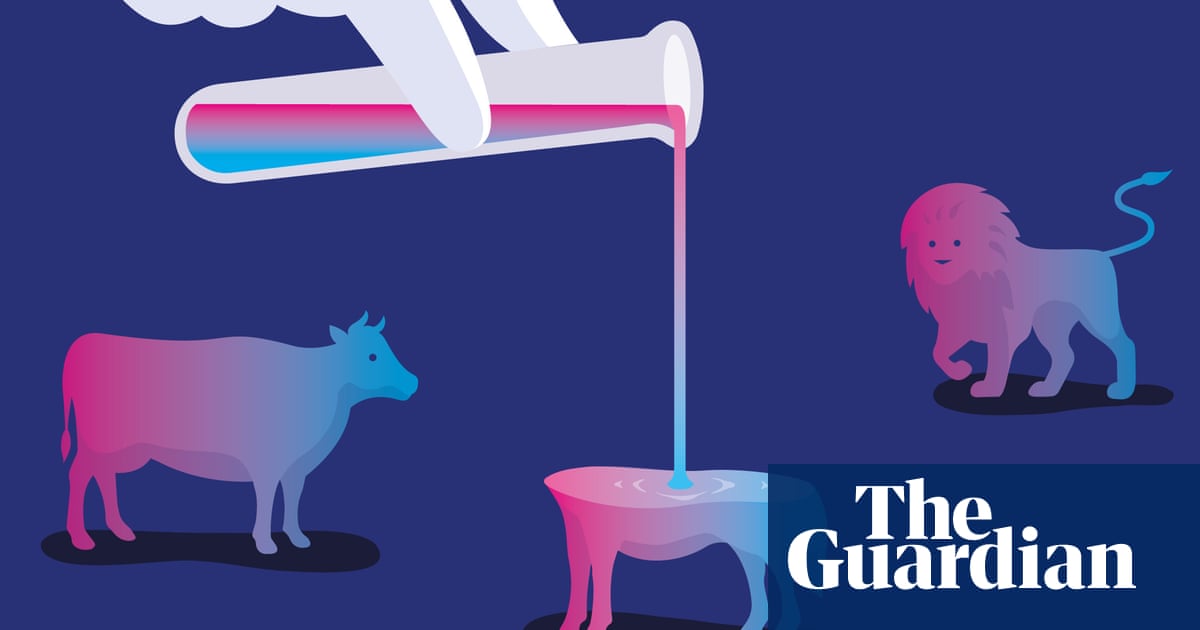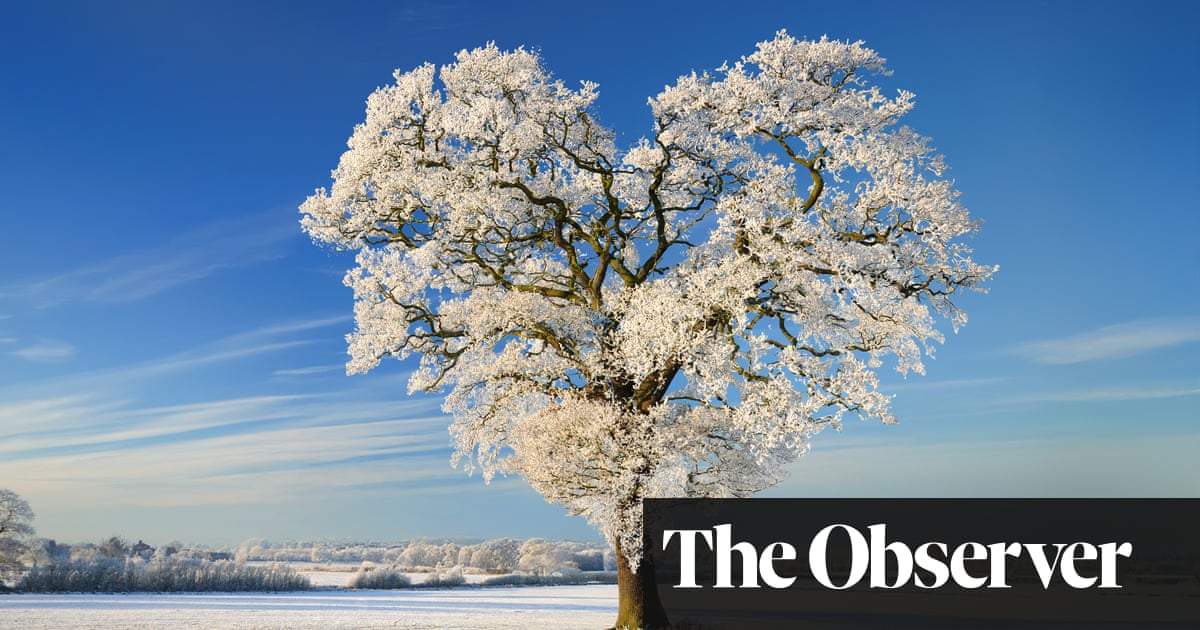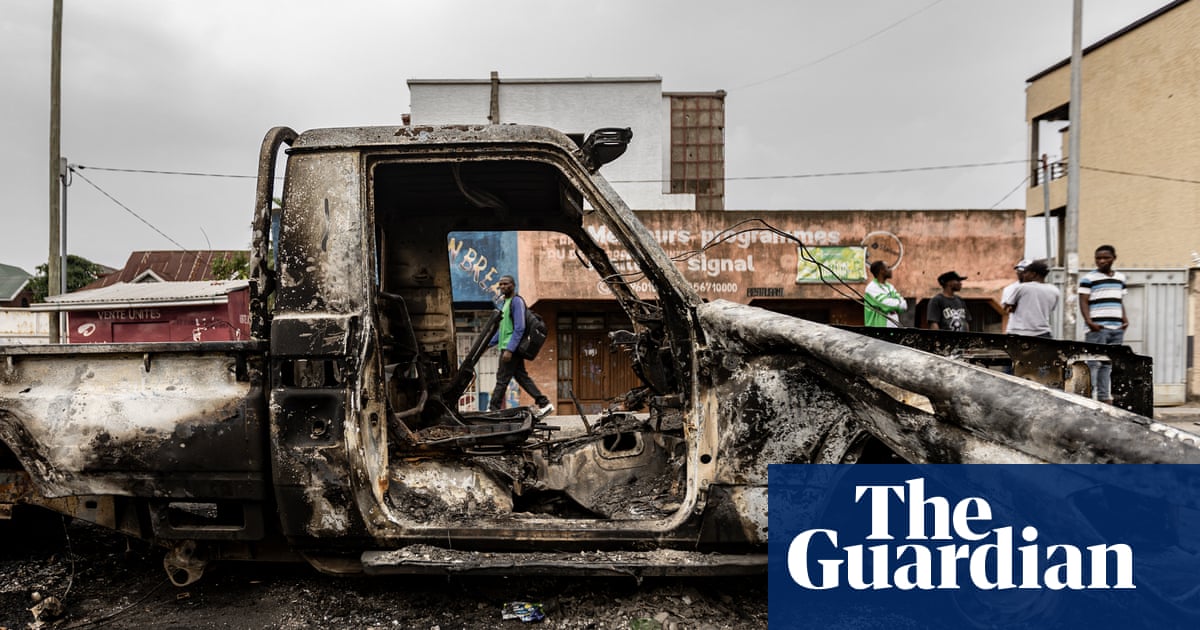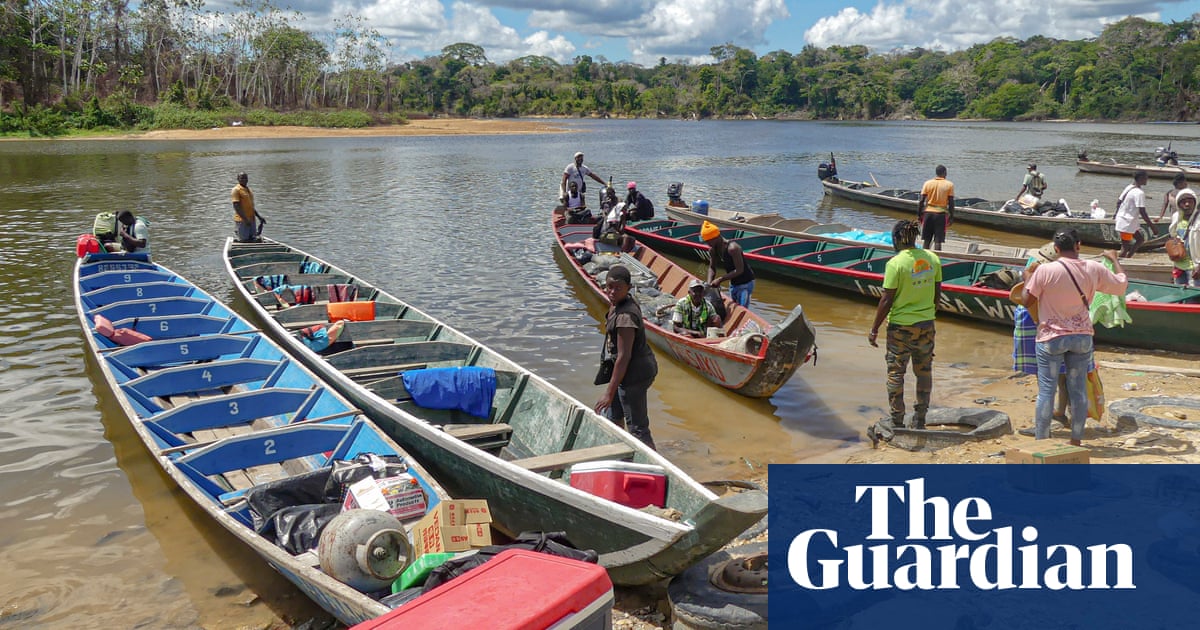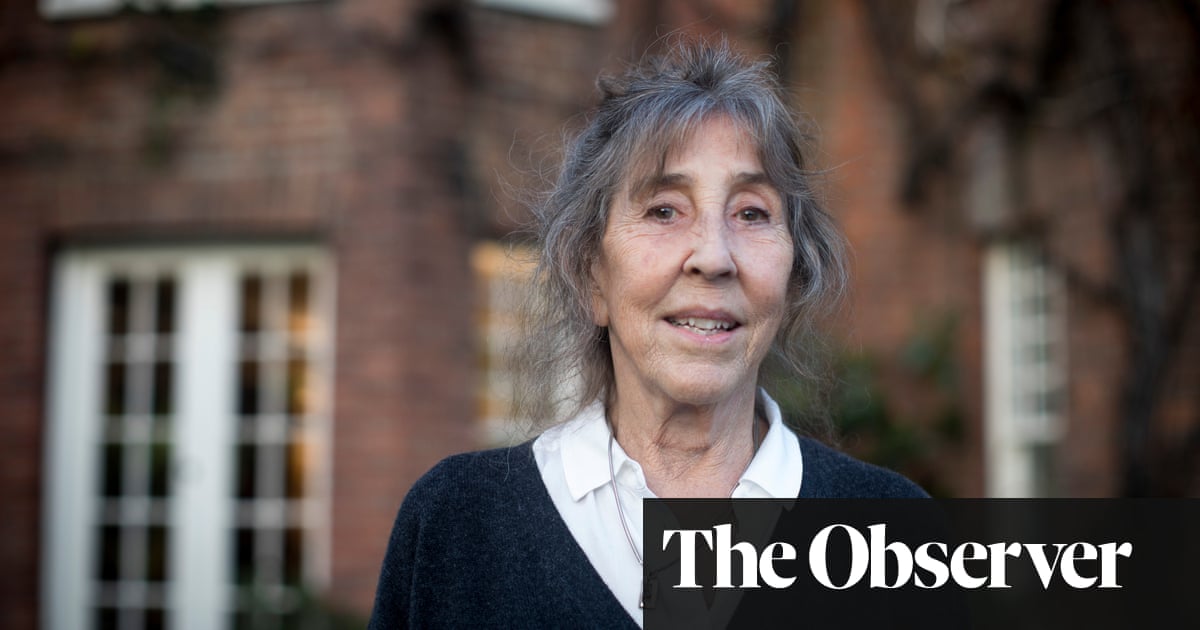From my vantage point on a rooftop terrace I can see the snaking form of the Ourika River meandering through the swathe of palmerias at the southern edge of Marrakech. It’s hard to imagine that barely 20 miles (32km) separate me from the frantic bustle of the famous Djemaa el Fna square and the clamour of the souks.
“Salam alaikum,” says Abdelkarim Ait Ali, owner of Ourika Lodge (doubles from £53), as he loads my already groaning table with the generous breakfast offerings that are part of traditional Amazigh (Berber) hospitality. “There are so many [hot air] balloons this morning!” he says, pouring glasses of sage-scented tea.
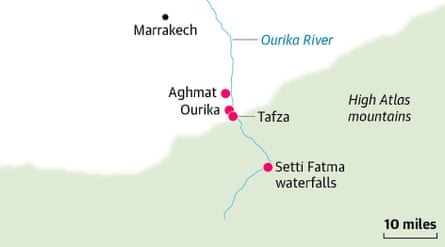
I hadn’t even noticed the distant specks in the skies above the city, but now I count more than 20 of them, wafting eastwards on the dawn breeze. The realisation that even the skies are crowded makes it easier to picture the ruckus that reverberates through one of the world’s most vibrant cities each morning.
I’d fallen in love with Marrakech during my first assignment there three decades ago, and it’s still one of my favourite cities. For the moment, however, I’m immensely grateful that I’d decided to base myself in Ourika valley, where the only sounds this morning are the sizzling of my Berber omelette and the braying of a mule from the mountain trail behind the house.
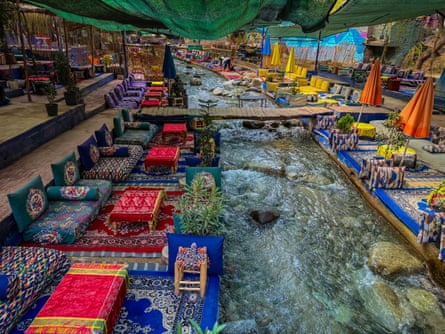
Abdelkarim had guided me on a hike into those mountains the previous day and I’d been astounded that such pristine wilderness could lie so close to a city of a million people. The son of a blacksmith, Abdelkarim now works as a mountain guide, leading tours and expeditions throughout the High Atlas and beyond. He shows me carob trees with their chocolate-flavoured seed pods and cypress seeds harvested for what French colonials called le poivre des pauvres (the poor man’s pepper). “Mountain people place dried oleander leaves on a fire to create antiseptic smoke,” he tells me.
From the ravine below comes the sound of a wild boar cracking through the vegetation. She emerges from the thicket with five striped piglets hurrying to keep up, but fortunately we are downwind and she remains unaware of our presence.
In the distance, patches of snow glint on the peaks of Toubkal national park. It has been four years since north Africa’s highest mountains had a proper snowfall, and the ski-season at nearby Oukaïmeden has been almost nonexistent once again this year.
The last wild Atlas lion was shot near those high peaks in 1942, but experts believe that African wolves are now making a comeback in the High Atlas’s remotest valleys. We see the hoof prints of boar everywhere and it’s easy to imagine that the wolves may find rich pickings if they return. Abdelkarim explains that the boar population is almost at infestation level as their meat is haram (forbidden to Muslims). There are worries that the drought is bringing them increasingly into contact with the villagers, as the hungry pigs raid fields and homesteads on a nightly basis.

It has been a hard time for farmers, he adds. Spring meltwater rather than rainfall is the primary life force for the Ourika valley’s fruit orchards, olive groves and saffron gardens.
Marrakech is renowned for its photogenic gardens: most famously Jardin Majorelle, founded in 1923 and bought by Yves Saint Laurent and his partner in 1980. In recent years, though, increasing numbers of visitors have been escaping the city to spend time in Anima Garden, established by Austrian artist André Heller on what had been arid wasteland just north of Ourika. I love Anima’s peaceful labyrinth of tropical gardens and mystical sculptures, but am also impressed by the lower-key Jardin du Safran nearby.
It is where I learn how saffron, Morocco’s valuable “red gold”, is harvested. Morocco’s deliciously refreshing mint tea is celebrated, but the saffron-scented tea I sip on a sunny terrace in the Jardin du Safran, amid an orchard of persimmons, kumquats and clementines, stands out. Even among the mind-boggling assortment of flavours – thyme tea, sage tea, lavender tea, absinthe, even artemisia (AKA wormwood) tea – that are popular among the Amazigh, this is a highlight.
after newsletter promotion
Rural markets that rotate on a daily basis around the villages provide a fascinating contrast to the spice, carpet and basketry souks in the city. We fuel our exploration of the Friday market in Aghmat village with succulent Ouarzazate dates and sugarcane juice that is tangy with crushed ginger.
Ongoing excavations at Aghmat archaeological site prove that this now humble village was the regional capital for more than 700 years, until the city was relocated to Marrakech’s current position in the 11th century. The brick domes that had been part of Aghmat’s majestic hammam were occupied by a community of potters for longer than anyone could recall before archaeologists began restoring the site in 2005.
The restoration project remained largely unaffected by the 6.8 magnitude earthquake that struck on 8 September 2023, killing almost 3,000 people and destroying or damaging an estimated 60,000 houses. In the pottery village of Tafza, near the mouth of Ourika gorge and 40 miles from the epicentre, half the homes were destroyed.
“It’s strange how fate works,” Khalid ben Youssef tells me when I arrive for a pottery class at his workshop in Tafza. “When we were clearing the rubble we discovered a big stone slab that was engraved in Hebrew. When I eventually got it translated I learned that it bore the date 1575 and was etched with the name of my ben Youssef family!”

The people of Tafza are still struggling to come to terms with the destruction, but at least the years of drought have been kind to the pottery industry. It’s been good drying weather, and the roofs and courtyards throughout the village are permanently stacked with ranks of terracotta pots, bowls and tagines. Although I’m a complete novice, a morning under Khalid’s expert tutelage is enough to get me creating a surprisingly elegant tangia pot, in which meat is traditionally slow-roasted in embers.
At weekends, the banks of the upper Ourika bloom with lurid parasols and scattered floor cushions, while chefs at scores of riverside cafes chop hunks of lamb and goat into steaming tangia pots, or prepare smouldering mini-volcanoes of tagine stews with vegetables, beef, chicken or rabbit.
The series of seven picturesque falls in Setti Fatma village is by far Ourika valley’s most popular tourist drawcard. On the way up the valley, sightseers often stop to have their photos taken mounted on camels. After taking a selfie at cascade number one, most visitors promptly cross the river to descend back to the town.
But Abdelkarim guides me onwards up a narrow track – little more than a goat trail – which leads through a jaw-dropping chasm to the second, third and fourth cascades. Half an hour later we reach the fifth cascade, where a picture-perfect natural plunge pool presents an idyllic picnic spot, a world away from the noisy riverside eateries.
“Few, even among the Marrakchis, seem to be aware of how much Ourika valley has to offer,” says Abdelkarim, as we stare past the waterfall to the snow-capped peaks, known as the roof of Africa. “It’s amazing that our valley, so close to the city, could be Marrakech’s best-kept secret.”

 11 hours ago
6
11 hours ago
6

